Astronomy Education With Authentic Data
Parallel Session
3rd Shaw-IAU Workshop on Astronomy for Education
Session timeblocks
Wednesday Oct. 13, 2021
UTC: 6:30 p.m. -
8 p.m.
Thursday Oct. 14, 2021
UTC: 9 a.m. -
10:30 a.m.
Schedule
-
Rubin Observatory's user-friendly approach to working with authentic data
Wednesday Oct. 13, 2021
UTC: 6:30 p.m. - 6:40 p.m.Thursday Oct. 14, 2021
UTC: 9 a.m. - 9:10 a.m.Working with authentic data can be an engaging experience. Historically, the challenges with accessing, querying, and analyzing datasets can cause significant time and technology issues. Additionally, novice learners often struggle to develop quality research questions and the skills to explore data. These constraints often limit the types of students or classes that can successfully work with authentic data. Rubin Observatory's desire is to make data accessible to all students and teachers in a way that honors the time and technology constraints of the classroom, and is designed to match the appropriate reasoning level and common learning challenges of students who are novice learners. We introduce interactive online investigations designed to increase accessibility.
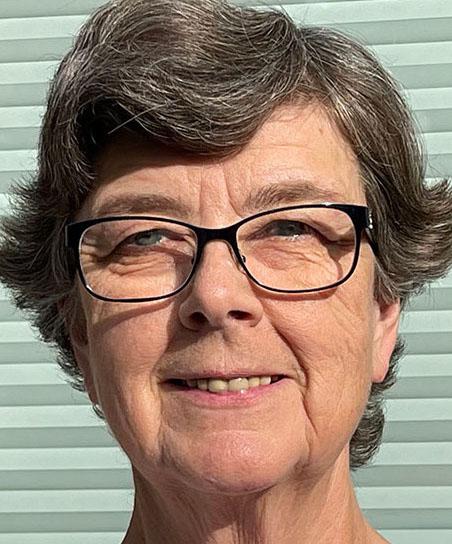
Ardis Herrold (Vera C. Rubin Observatory)
For more information about this talk click here
-
Co-creation 3.0: taking the development of astronomy education resources to the next level
Wednesday Oct. 13, 2021
UTC: 6:40 p.m. - 6:50 p.m.Thursday Oct. 14, 2021
UTC: 9:10 a.m. - 9:20 a.m.Traditionally, the majority of astronomy outreach and educational work has been undertaken by scientists with an interest in science communication. However, recent research has shown the importance of actively including teachers in designing and testing new educational materials. In this talk we will present a new project which takes co-creation to a new level. Stargazing Live! is a collaboration between the NOVA education and outreach group and the MeerLICHT and BlackGEM telescopes. It combines the expertise of 1) astronomy outreach and education professionals, 2) physics teachers and 3) scientists to create an exciting and innovative education package bringing semi-live telescope data into the classroom.
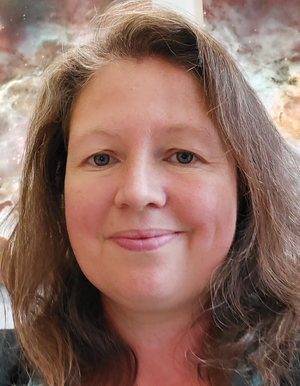
Joanna Holt (Netherlands Research School for Astronomy (NOVA))
Coauthors: Joris Hanse (NOVA, NL), Marieke Baan (NOVA, NL), Paul Groot (Radboud University, NL; PI of MeerLICHT & BlackGEM telescopes), Steven Bloemen (Radboud University, NL)
For more information about this talk click here
-
The NASA/IPAC Teacher Archive Research Program
Wednesday Oct. 13, 2021
UTC: 6:50 p.m. - 7 p.m.Thursday Oct. 14, 2021
UTC: 9:20 a.m. - 9:30 a.m.NITARP, the NASA/IPAC Teacher Archive Research Program (http://nitarp.ipac.caltech.edu) gets teachers involved in authentic astronomical research using the same online astronomy data archives as professional astronomers. We partner small groups of educators with a professional astronomer mentor for a year-long original research project. The teams experience the entire research process, from writing a proposal, to doing the research, to presenting the results at an American Astronomical Society (AAS) meeting. This talk will provide an overview of the program, highlighting use of real data in astronomy educator professional development experiences.
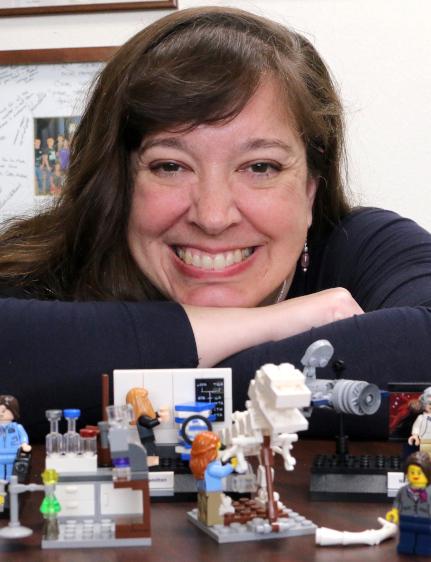
Luisa Rebull (Caltech-IPAC/IRSA)
For more information about this talk click here
-
Using Real Data to Teach Astronomy
Wednesday Oct. 13, 2021
UTC: 7 p.m. - 7:10 p.m.Thursday Oct. 14, 2021
UTC: 9:30 a.m. - 9:40 a.m.I will present examples of IBSE (Inquiry-Based Science Education) activities, designed to be "teacher-free", and used as extended projects for students of astronomy and space science. Each project uses data and resources from the Faulkes Telescope Project and the National Schools' Observatory. Both projects provide free access via the internet to 2-metre robotic telescopes. These resources are based on open clusters and exoplanets and also include a Citizen Science type project using data from Type Ia supernovae, all of which provide an insight into the scientific process. Here, users perform browser-based photometry (using JS9) on images to add additional data-points to the Hubble Plot, enabling them to measure the expansion rate and age of the Universe.
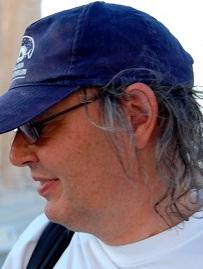
Fraser Lewis (Faulkes Telescope Project and National Schools' Observatory)
For more information about this talk click here
-
Astronomy Data Visualization with WorldWide Telescope and glue
Wednesday Oct. 13, 2021
UTC: 7:10 p.m. - 7:20 p.m.Thursday Oct. 14, 2021
UTC: 9:40 a.m. - 9:50 a.m.We showcase astronomy curricula that engage learners with authentic data through the use of powerful open-source tools, WorldWide Telescope (WWT) and glue. WWT is a rich visualization environment that functions as a virtual telescope, allowing anyone to make use of real astronomical data to explore and understand the cosmos. WWT users navigate through 3-dimensional and 2-dimensional views of planets, stars, and galaxies, giving them a better mental model of our universe. glue is a suite of modular tools for multi-dimensional linked-data exploration that allows users to visualize relationships within and among related datasets.
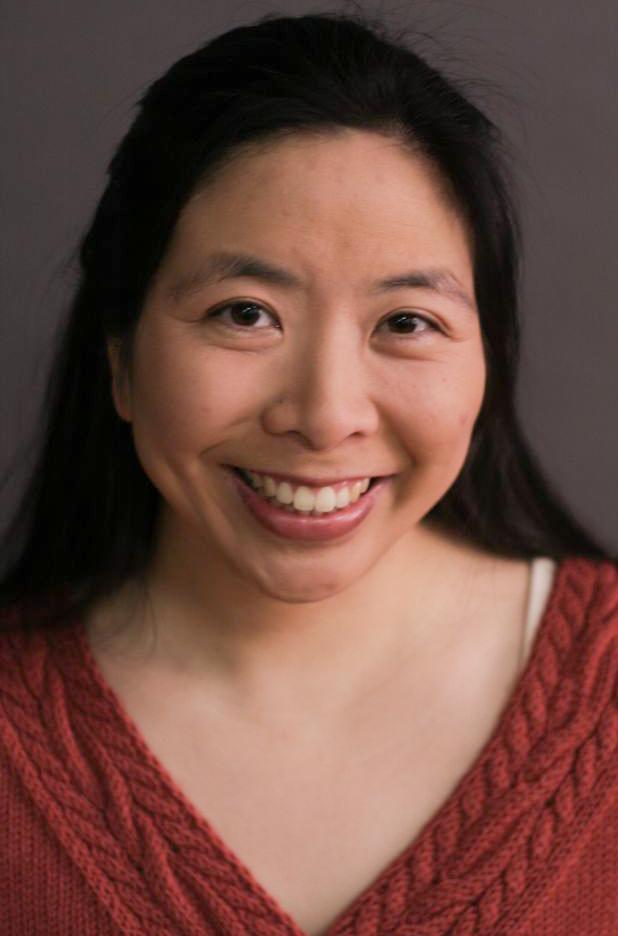
Patricia Udomprasert (Center for Astrophysics | Harvard & Smithsonian)
Coauthors: Alyssa Goodman (Center for Astrophysics | Harvard & Smithsonian), Harry Houghton (Center for Astrophysics | Harvard & Smithsonian), Peter Williams (Center for Astrophysics | Harvard & Smithsonian and American Astronomical Society)
For more information about this talk click here
-
Using radio astronomy data to engage and challenge students
Wednesday Oct. 13, 2021
UTC: 7:20 p.m. - 7:30 p.m.Thursday Oct. 14, 2021
UTC: 9:50 a.m. - 10 a.m.Using authentic data, especially that obtained directly by students is an effective way to engage their interest and develop questioning and analytical skills. Whilst there are many excellent examples of programs using optical data, astronomy is a multiwavelength discipline. Using radio astronomy as the context we explore a variety of ways in which students can obtain, be presented with and use data. Flexibility in program design allows students to be engaged in a one off experiential engagement or use in short-term or more open-ended student investigations. Examples of these are presented and advantages and pitfalls discussed. With the massive increase in data rates with new facilities there are exciting opportunities in coming years for astronomy education projects across wavelengths.
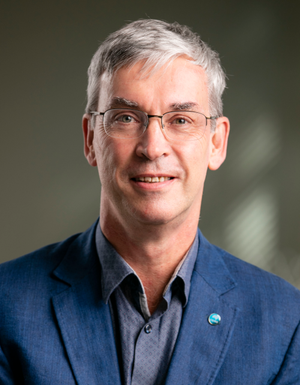
Robert Hollow (CSIRO Astronomy and Space Science)
Coauthors: George Hobbs (CSIRO), Lawrence Toomey (CSIRO), Shi Dai (School of Science, Western Sydney University)
For more information about this talk click here
-
Discussion Panel: Astronomy Education with Authentic Data
Wednesday Oct. 13, 2021UTC: 7:30 p.m. - 8 p.m.
Thursday Oct. 14, 2021
UTC: 10 a.m. - 10:30 a.m.Chair:
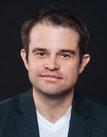
Niall Deacon
Panel: Ardis Herrold
(Vera C. Rubin Observatory), Robert Hollow
(CSIRO Astronomy and Space Science), Joanna Holt
(Netherlands Research School for Astronomy (NOVA)), Fraser Lewis
(Faulkes Telescope Project and National Schools' Observatory), Luisa Rebull
(Caltech-IPAC/IRSA), Patricia Udomprasert
(Center for Astrophysics | Harvard & Smithsonian)
Posters
-
Connecting to learn together
Carolina Escobar García (Galileo Teacher Training Program), León Jaime Restrepo Quirós (Engineer and Msc on Education. Galileo Teacher Training Program coordinator for Colombia)
Our approach is educational, targeting mainly elementary, middle and high school teachers and members of astronomy communities as well, who wish to expand their knowledge and skills through the Project Based Learning methodology, using the robotic telescope network of Las Cumbres Observatory as well as free use resources during our workshops. Participants provide input from their experience, actively participate in the observations programming and analyze the obtained results, which empowers them during the workshop by applying the knowledge acquired. This motivates them to apply the knowledge acquired in their classrooms, showing their students that doing science has a deep relationship with their personal learning.
-
GaiaDemos@School
Priya Shah Hasan (Maulana Azad National Urdu University, Hyderabad)
Gaia with its unprecedented accuracy has revolutionised our understanding of the Milky Way. It not only provides a three dimensional picture of our universe, but also shows its dynamic nature. Using tools like TopCat and ESASky, we can demonstrate the school students the power of Gaia and change misconceptions of students of a static never-changing universe. Data has the potential to convey and convince young inquisitive minds.




